Wilms tumor (nephroblastoma) is recognized as the most common pediatric malignant renal tumor in children. The incidence of Wilms tumor is slightly less frequent in boys than in girls. The average age at diagnosis with unilateral tumors is 41.5 months and with bilateral tumors is 29.5 months. It occurs in association with congenital anomalies and chromosomal abnormalities, such as: aniridia (congenital absence of the iris); hypospadias; cryptorchidism; pseudohermaphroditism; Beckwith-Wiedemann syndrome; Denys-Drash syndrome; Perlman and Sotos’ syndrome. The appearance of the Wilms tumor is usually referred to as the “pushing type” (or adjacent renal parenchyma, enclosed by a distinct intrarenal pseudocapsule).
The most common initial clinical presentation for most children with Wilms tumor is the presence of a firm, non-tender abdominal mass. This initial presentation is usually first noticed by a parent while bathing or dressing the child. Other assessment findings at diagnosis include abdominal pain, gross hematuria, low-grade fever, and hypertension.
The most common sites of metastases of Wilms tumor are the lungs, the regional lymph nodes, and the liver. Histology classifies the tumor into: (1) favorable or unfavorable histology; (2) 3 cell types: triphasic or biphasic; with blastemal, stromal, and epithelial elements; and (3) 10% have anaplastic or unfavorable histologic findings, including anaplastic Wilms’ tumor, clear cell sarcoma of the kidney, rhabdoid tumor of the kidney. Other histologic patterns include: nephrogenic rests, congenital mesoblastic nephroma, and renal cell carcinoma.
An unfavorable histology is associated with a poor prognosis and more extensive chemotherapy. Prognosis is determined by the pathologic staging of Wilms’ tumor, defined by the National Wilms Tumor Study Group. Both the histology classification and the pathologic staging of Wilms’ tumor determine the type and length of time for administration of chemotherapy agents and radiation treatments.
Nursing Care Plans and Management
The nursing care plan goals for a child with Wilms tumor include prevention of injury, improved condition of oral mucous membranes, comprehension of the disease and its management, and absence of complications.
Nursing Problem Priorities
The following are the nursing priorities for patients with Wilms tumor (nephroblastoma):
- Tumor management. Addressing the primary concern of treating and managing the Wilms tumor through surgical removal, chemotherapy, and/or radiation therapy.
- Kidney preservation. Safeguarding kidney function and preserving the affected kidney whenever possible to maintain renal health.
- Metastasis assessment. Assessing and managing the potential spread of cancer cells to other organs, such as the lungs or liver.
- Renal function monitoring. Monitoring kidney function and managing any complications or impairments resulting from the tumor or its treatment.
- Long-term follow-up and surveillance. Conducting regular follow-up visits, imaging studies, and laboratory tests to detect potential recurrence, assess treatment response, and manage late effects or complications.
- Psychological support. Providing psychological support and counseling to help patients and their families cope with the emotional and psychological challenges associated with the diagnosis and treatment of Wilms tumor.
- Rehabilitation and supportive care. Offering rehabilitative services and supportive care to address any physical, cognitive, or emotional impairments resulting from the tumor or its treatment, and to optimize overall quality of life.
Nursing Assessment
Assess for the following subjective and objective data:
Assess for factors related to the cause of Wilms tumor (nephroblastoma):
Nursing Diagnosis
Following a thorough assessment, a nursing diagnosis is formulated to specifically address the challenges associated with Wilms tumor (nephroblastoma) based on the nurse’s clinical judgment and understanding of the patient’s unique health condition. While nursing diagnoses serve as a framework for organizing care, their usefulness may vary in different clinical situations. In real-life clinical settings, it is important to note that the use of specific nursing diagnostic labels may not be as prominent or commonly utilized as other components of the care plan. It is ultimately the nurse’s clinical expertise and judgment that shape the care plan to meet the unique needs of each patient, prioritizing their health concerns and priorities.
Nursing Goals
Goals and expected outcomes may include:
- The child will be protected from illness or injury.
- The child will be free of oral mucous membrane irritation.
- The clients will experience decreased anxiety.
- The child will not experience injury.
Nursing Interventions and Actions
Therapeutic interventions and nursing actions for patients with Wilms tumor (nephroblastoma) may include:
1. Preventing Infections
The body’s natural defense mechanisms or protective barriers is compromised in patients with Wilms Tumor (Nephroblastoma) due to the risk of infection and bleeding, which can occur as a result of cancer itself or as a side effect of a treatment such as chemotherapy or surgery. This can lead to a weakened immune system, anemia, and other health problems, which require nursing care plans that prioritize infection control, wound care, and symptom management to improve patient outcomes. Moreover, impaired oral mucous membrane can also be a concern for patients with Wilms Tumor (Nephroblastoma) which can damage the lining of the mouth and cause pain, inflammation, and sores. This can lead to difficulty in eating, drinking, and speaking, which can affect the patient’s nutritional status and overall well-being, necessitating nursing care plans that focus on oral care, pain management, and nutritional support to improve patient comfort and quality of life.
Assess for bleeding from any site and febrile episodes; Monitor WBC, platelet count, hematocrit, and absolute neutrophil count.
Provides data about frank bleeding or abnormal blood profiles that contribute to bleeding induced by bone marrow suppression and immunosuppression due to chemotherapy.
Assess oral cavity for pain ulcers, lesions, gingivitis, mucositis or stomatitis and
effect on the ability to ingest food and fluids.
Provides information about chemotherapy effect.
Perform handwashing prior to giving care, utilize a mask and gown when needed, provide a private room, and monitor for any signs and symptoms of infection.
Prevents transfer of microorganisms to a weakened immune system during chemotherapy if the absolute neutrophil count is less than 1,000/cu mm.
Provide safety measures such as pad sides of bed, apply pressure for 5 minutes after IV administration, avoidance of taking rectal temperatures, or performing unnecessary invasive procedures.
Avoids bleeding caused by trauma during the administration of chemotherapy which changes platelet and clotting factor.
Instruct parents and child to avoid exposure to persons having an upper respiratory infection or any illness.
Prevents risk for infection in the highly susceptible child.
Advise parents and child to avoid contact sports, blowing nose hard, and straining at defecation.
Prevents trauma that causes bleeding.
Advise parents to report any fever, behavior changes, headache, dizziness, fatigue, pallor, slow oozing of blood from any area, and exposure to communicable diseases.
Signifies an associated abnormal blood profile complication.
Teach and allow for return demonstration of urine and stool testing for blood using dipstick and hematest.
Identifies presence of bleeding in the gastrointestinal or urinary tract.
Administer blood transfusion as ordered for severe blood loss, monitor patency, vital signs, chills, fever, urticaria, rash, dyspnea, diaphoresis, headache during transfusion, and terminate if any of these changes occur.
Replaces blood loss when symptoms of anemia appear (dizziness, pallor, fatigue, increased pulse, and respiration) or when Hct is less than 20% or platelet count less than 20,000/cu mm.
Instruct the use of a soft-sponge toothbrush or sponge toothette or gauze when rinsing the mouth.
Prevents oral trauma.
Instruct to avoid the use of lemon glycerin swabs.
Lemon may cause increase irritation to oral lesions.
Instruct to avoid foods that are hot, spicy, or high in ascorbic acid (vitamin C).
Decreases irritation to oral ulcers; these foods may aggravate pain and irritation
to the oral mucosa.
Instruct to avoid oral temperatures.
Prevents oral trauma.
Provide oral hygiene 30 minutes prior or after meals; instruct to refrain from eating or drinking for 30 minutes after completion of oral hygiene.
Prevents oral mucositis.
Offer moist, soft, bland foods.
Minimize irritation to oral ulcers; it may also be better tolerated by the child.
Administer local anesthetics to the oral area before meals as ordered.
May be effective in temporary pain relief from oral lesions; permits eating with
decreased oral pain.
Administer an antiseptic mouth rinse 30 minutes before any food or fluid intake as ordered.
Maintains integrity and promotes comfort of oral mucosa.
Provide mouth care tips to parents.
Promotes effective care of oral cavity to relieve discomfort.
Instruct parents about effect of chemotherapy on oral mucosa and management to decrease discomfort in oral cavity.
Promotes understanding of side effects that occur and temporary nature of the side effects.
2. Preventing Injuries
Risk for Injury may be a concern for patients with Wilms Tumor (Nephroblastoma) due to the potential for physical injury and harm from falls, due to the effects of treatment such as surgery and chemotherapy, and due to the effects of the tumor itself. Additionally, patients with Wilms Tumor may be at risk for injury due to their weakened immune system and susceptibility to infection, necessitating nursing care plans that prioritize fall prevention, infection control, and medication management to improve patient safety and outcomes.
Monitor for increased blood pressure pre and postoperatively every 2 hours and changes in pulse and respirations.
Provides information about vital signs caused by renal function abnormality preoperatively or by nephrectomy postoperatively, postoperative atelectasis.
Assess urinary output for presence of cloudy, foul-smelling urine; collect the specimen for culture analysis and report any change in renal function (hypertension, headache irritability, weight gain, behavior changes).
Indicates possible renal impairment and/or urinary bladder infection; renal involvement alters renin excretion which increases BP and immunosuppressive therapy leads to infection.
Avoid any palpation of abdominal mass; post sign on bed stating not to palpate preoperatively.
Prevents trauma to the tumor site and possible metastasis by dissemination of cancer cells.
Assess and document frequency of bowel movements; document a description of all bowel movements; measure abdominal girth.
To assess potential intestinal obstruction from vincristine-induced adynamic ileus.
Assess bowel activity postoperatively for elimination pattern, bowel sounds, and bowel distention.
Provides information about possible adynamic ileus from chemotherapy causing bowel obstruction.
Assess incision site for redness, swelling, drainage, intactness, and healing and change dressing when soiled or wet; assess oral and perineal area.
Indicates infectious process resulting from invasive procedure or inflammation resulting from immunosuppressive therapy for stomatitis or skin breakdown or inflammation; provides oral care and anal care after elimination; provides postoperative pulmonary care.
Maintain reverse isolation if leukopenia present or according to agency dictate.
Prevents transmission of infective agents to the immunosuppressed child.
Teach parents to avoid exposing the child to infectious agents; limit visitors.
Prevents exposure to the possible microorganism in the immunosuppressed child.
Advise parents and child about all assessments and procedures and rationale for isolation precautions.
Promotes understanding and cooperation.
Encourage parents to appropriately dress child based on weather conditions and to refrain from participating in rough activities or sports.
Prevents respiratory infections associated with exposure or trauma to the abdominal site preoperatively and surgical site
postoperatively.
Teach parents and child about mouth care such as rinsing and swabbing with solutions, cleansing, and drying after bowel elimination.
Prevents or treats skin and mucous membrane damage as a result of therapy.
Instruct parents and child to report any changes in urinary pattern or
characteristics or renal function promptly.
Allows for immediate attention to any genitourinary problems in the remaining kidney.
Administer stool softeners as ordered.
Avoids straining during bowel movements
3. Reducing Anxiety
Anxiety may be a concern for patients or parents of children with Wilms Tumor (Nephroblastoma) due to the stress of the diagnosis, the uncertainty of treatment outcomes, and the potential for physical and emotional discomfort associated with the disease and its management. This can lead to feelings of fear, worry, and unease, necessitating nursing care plans that focus on emotional support, coping strategies, and education to help patients and their families manage anxiety and improve their overall well-being.
Assess source and level of anxiety and need for information and support that will relieve it.
Provides information about the extent of anxiety and need for interventions and support; sources for parents may be guilt and uncertainty about surgery, treatments and recovery, possible loss of child; sources for the child may be the number of procedures of diagnosis and surgery and the effects of postoperative treatments.
Have the parents stay with the child or encourage open visitation, and provide a telephone number to call for information.
Promotes care and support of the child by parents.
Allow verbalization of concerns and questions regarding disease and possible consequences of surgery and prognosis.
Provides an opportunity to express feelings and gather information needed to decrease anxiety.
Explain all procedures and care in simple, direct, honest terms and repeat as often as necessary; reinforce physician information if needed and provide specific information as needed.
Prevents overloading with information in small amount of time as diagnosis and procedures are usually carried out within a short period of time and anxiety will prevent the ability to grasp.
Teach parents and child about the disease process, surgical procedure, what to expect with procedures done preoperatively, and what will be experienced postoperatively including radiation and chemotherapy and its benefits and effects (alopecia, stomatitis,
nausea, vomiting, and diarrhea are possible but temporary).
Promotes knowledge and understanding of pre and postoperative treatments and effects on disease and self-image.
Teach parents and child the extent of surgery with the removal of a kidney and the staging process; discuss their understanding of the pathology report postoperatively and clarify information as needed.
Minimizes anxiety when information and support are handed and child and parents will not feel misguided by insufficient preparation of procedures and treatments.
Provide consistent nurse assignment with the same personnel; encourage parents to participate in care.
Promotes trust and ease and familiarity with staff giving care.
Orient child to the surgical and ICU unit, equipment, noises, and staff.
Decreases anxiety caused by fear of the unknown.
Use therapeutic play, drawings, and models for instruction of child.
Assist the child to learn and understand what will be experienced and to verbalize their feelings.
Provide parents and child with information about community agencies and support groups.
Provides emotional support by those who have shared the same experiences with the disease.
Recommended Resources
Recommended nursing diagnosis and nursing care plan books and resources.
Disclosure: Included below are affiliate links from Amazon at no additional cost from you. We may earn a small commission from your purchase. For more information, check out our privacy policy.
Ackley and Ladwig’s Nursing Diagnosis Handbook: An Evidence-Based Guide to Planning Care
We love this book because of its evidence-based approach to nursing interventions. This care plan handbook uses an easy, three-step system to guide you through client assessment, nursing diagnosis, and care planning. Includes step-by-step instructions showing how to implement care and evaluate outcomes, and help you build skills in diagnostic reasoning and critical thinking.

Nursing Care Plans – Nursing Diagnosis & Intervention (10th Edition)
Includes over two hundred care plans that reflect the most recent evidence-based guidelines. New to this edition are ICNP diagnoses, care plans on LGBTQ health issues, and on electrolytes and acid-base balance.

Nurse’s Pocket Guide: Diagnoses, Prioritized Interventions, and Rationales
Quick-reference tool includes all you need to identify the correct diagnoses for efficient patient care planning. The sixteenth edition includes the most recent nursing diagnoses and interventions and an alphabetized listing of nursing diagnoses covering more than 400 disorders.

Nursing Diagnosis Manual: Planning, Individualizing, and Documenting Client Care
Identify interventions to plan, individualize, and document care for more than 800 diseases and disorders. Only in the Nursing Diagnosis Manual will you find for each diagnosis subjectively and objectively – sample clinical applications, prioritized action/interventions with rationales – a documentation section, and much more!

All-in-One Nursing Care Planning Resource – E-Book: Medical-Surgical, Pediatric, Maternity, and Psychiatric-Mental Health
Includes over 100 care plans for medical-surgical, maternity/OB, pediatrics, and psychiatric and mental health. Interprofessional “patient problems” focus familiarizes you with how to speak to patients.

See also
Other recommended site resources for this nursing care plan:
- Nursing Care Plans (NCP): Ultimate Guide and Database MUST READ!
Over 150+ nursing care plans for different diseases and conditions. Includes our easy-to-follow guide on how to create nursing care plans from scratch. - Nursing Diagnosis Guide and List: All You Need to Know to Master Diagnosing
Our comprehensive guide on how to create and write diagnostic labels. Includes detailed nursing care plan guides for common nursing diagnostic labels.
Other nursing care plans for pediatric conditions and diseases:
- Acute Glomerulonephritis | 4 Care Plans
- Acute Rheumatic Fever | 4 Care Plans
- Apnea | 4 Care Plans
- Brain Tumor | 3 Care Plans
- Bronchiolitis | 5 Care Plans
- Cardiac Catheterization | 4 Care Plans
- Cerebral Palsy | 7 Care Plans
- Child Abuse | 4 Care Plans
- Cleft Lip and Cleft Palate | 7 Care Plans
- Congenital Heart Disease | 5 Care Plans
- Congenital Hip Dysplasia | 4 Care Plans
- Croup Syndrome | 5 Care Plans
- Cryptorchidism (Undescended Testes) | 3 Care Plans
- Cystic Fibrosis | 5 Care Plans
- Diabetes Mellitus Type 1 (Juvenile Diabetes) | 4 Care Plans
- Dying Child | 4 Care Plans
- Epiglottitis | 5 Care Plans
- Febrile Seizure | 4 Care Plans
- Guillain-Barre Syndrome | 6 Care Plans
- Hospitalized Child | 5 Care Plans
- Hydrocephalus | 5 Care Plans
- Hypospadias and Epispadias | 4 Care Plans
- Intussusception | 3 Care Plans
- Juvenile Rheumatoid Arthritis | 4 Care Plans
- Kawasaki Disease | 6 Care Plans
- Meningitis | 7 Care Plans
- Nephrotic Syndrome | 5 Care Plans
- Osteogenic Sarcoma (Osteosarcoma) | 4 Care Plans
- Otitis Media | 4 Care Plans
- Scoliosis | 4 Care Plans
- Spina Bifida | 7 Care Plans
- Tonsillitis and Adenoiditis | 4 Care Plans
- Umbilical and Inguinal Hernia | 4 Care Plans
- Vesicoureteral Reflux (VUR) | 5 Care Plans
- Wilms Tumor (Nephroblastoma) | 4 Care Plans
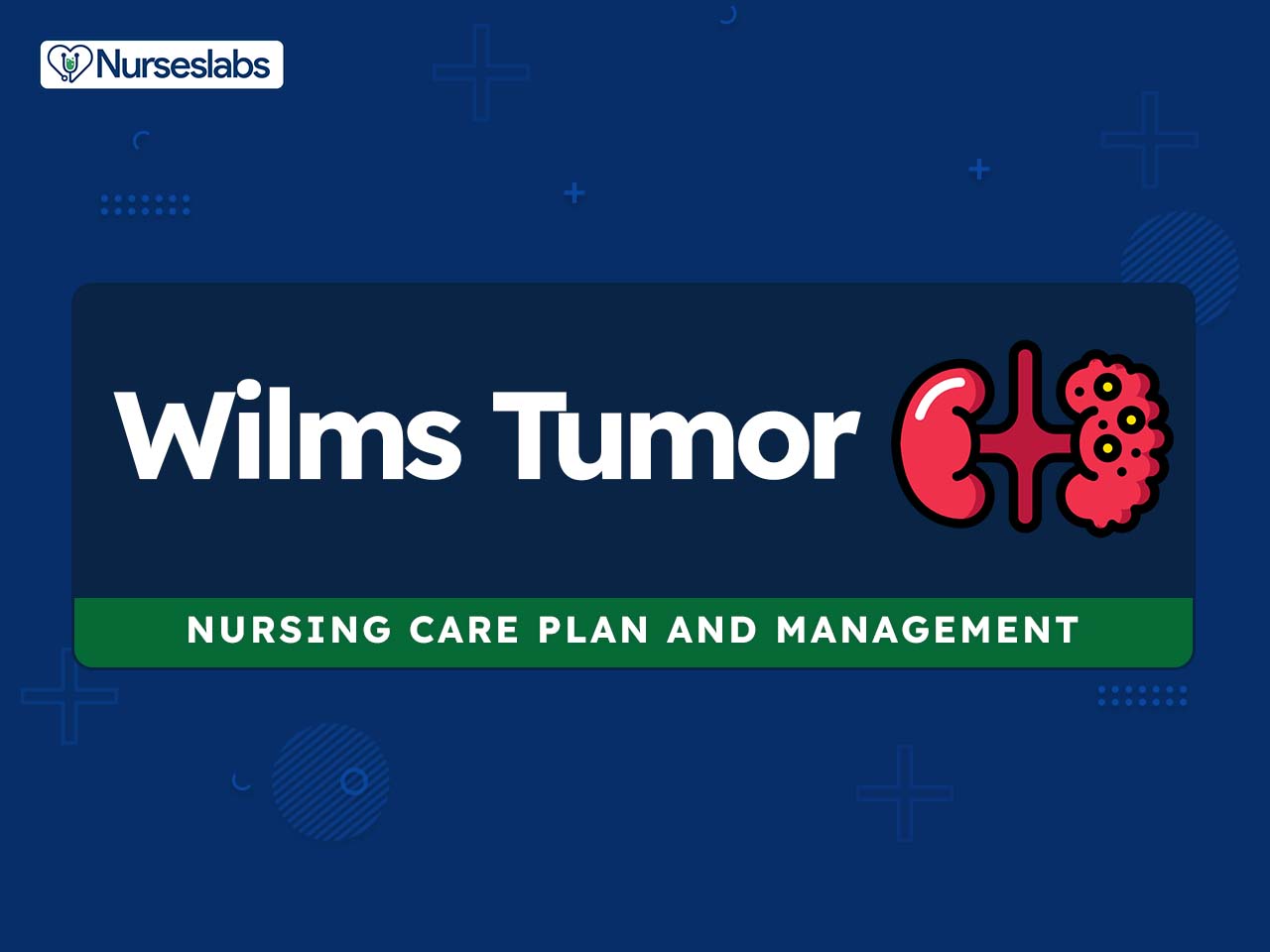
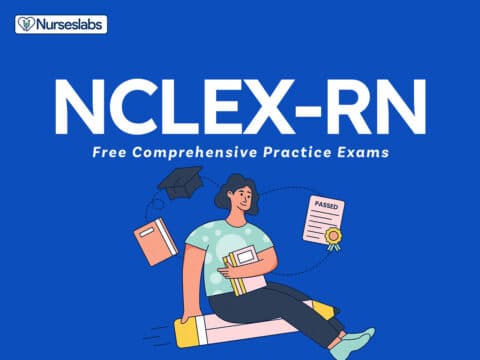
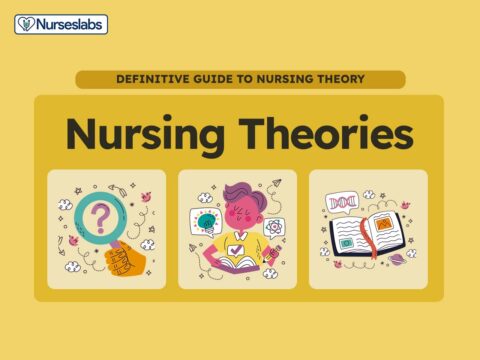
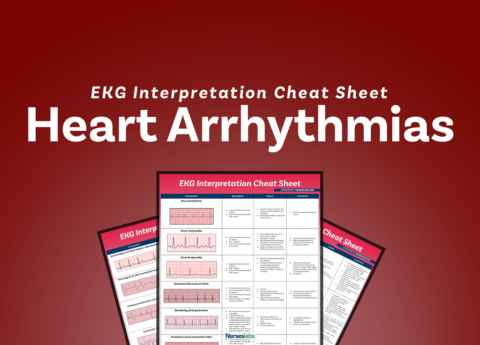
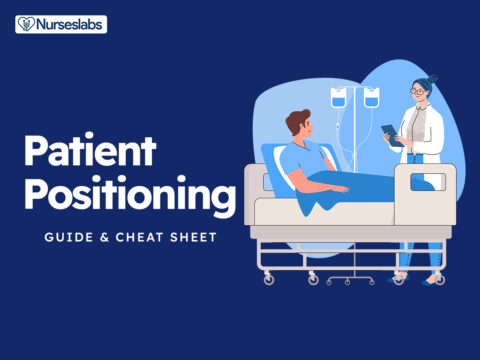
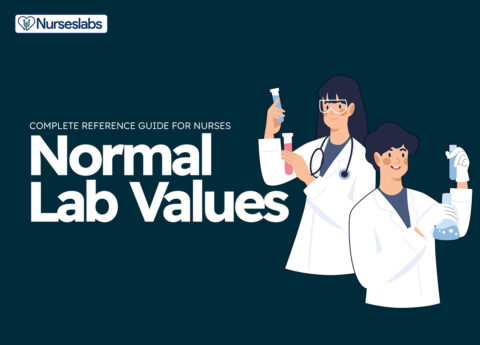




















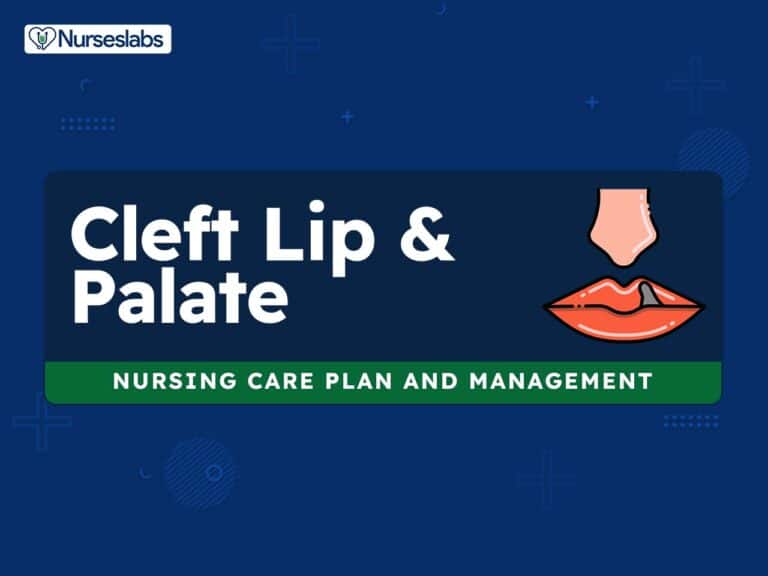


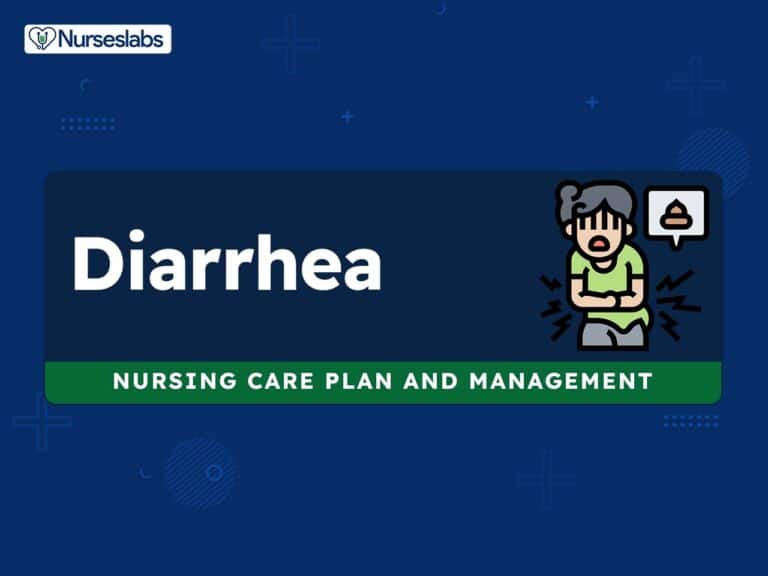
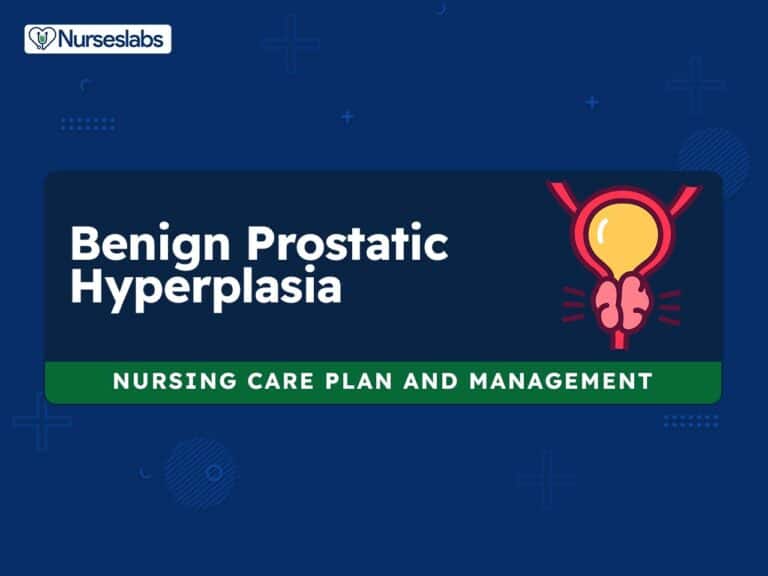
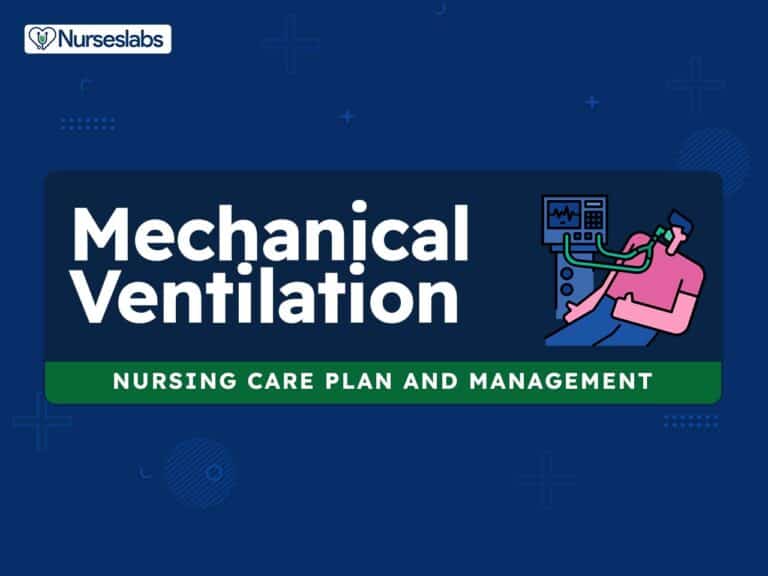
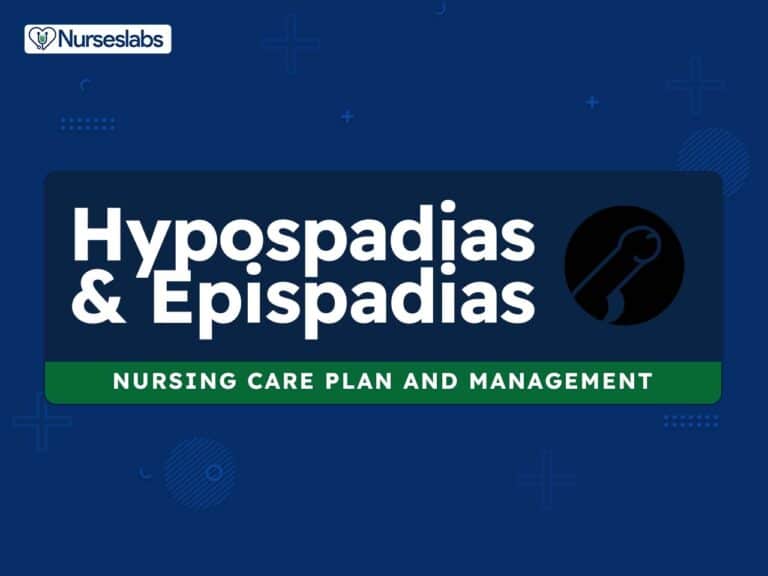
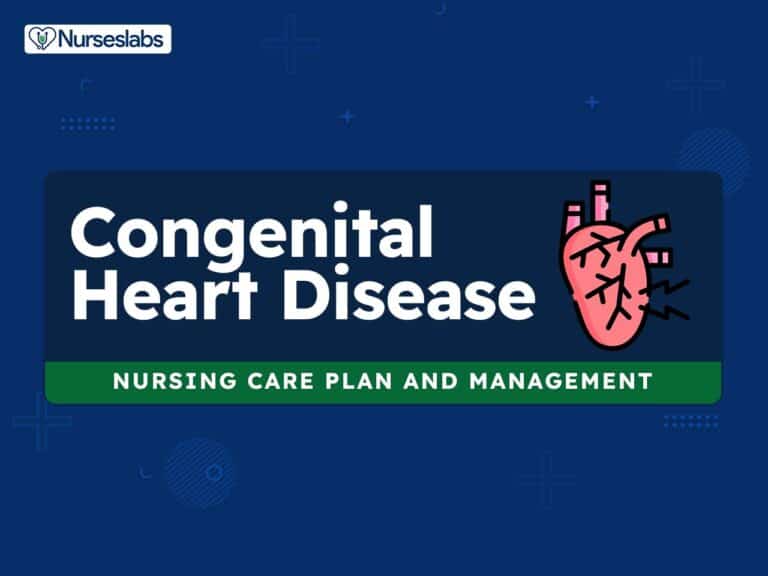

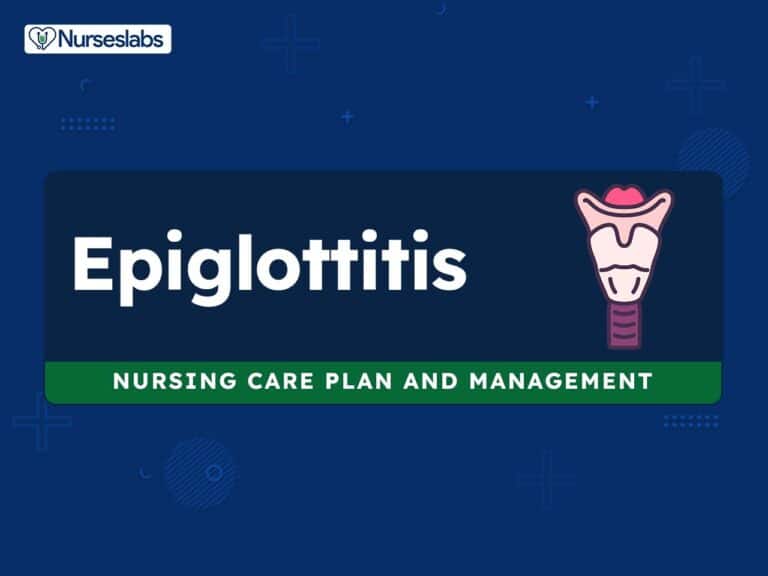
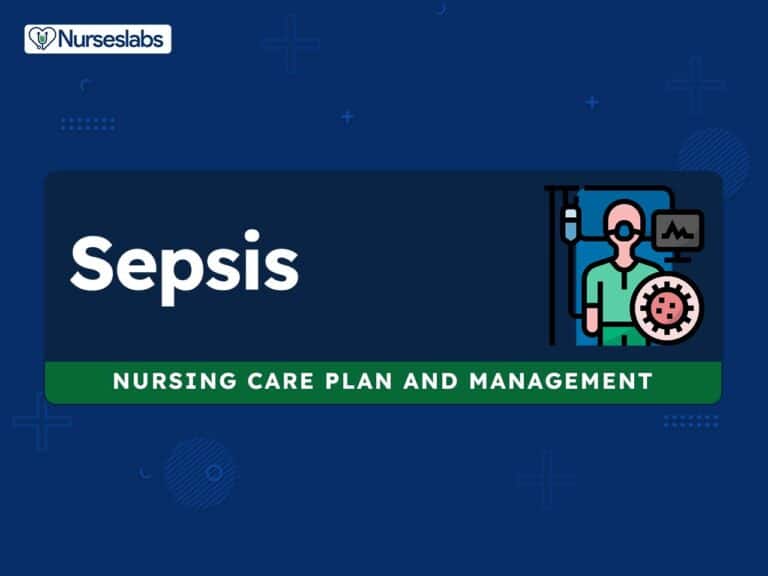
Leave a Comment